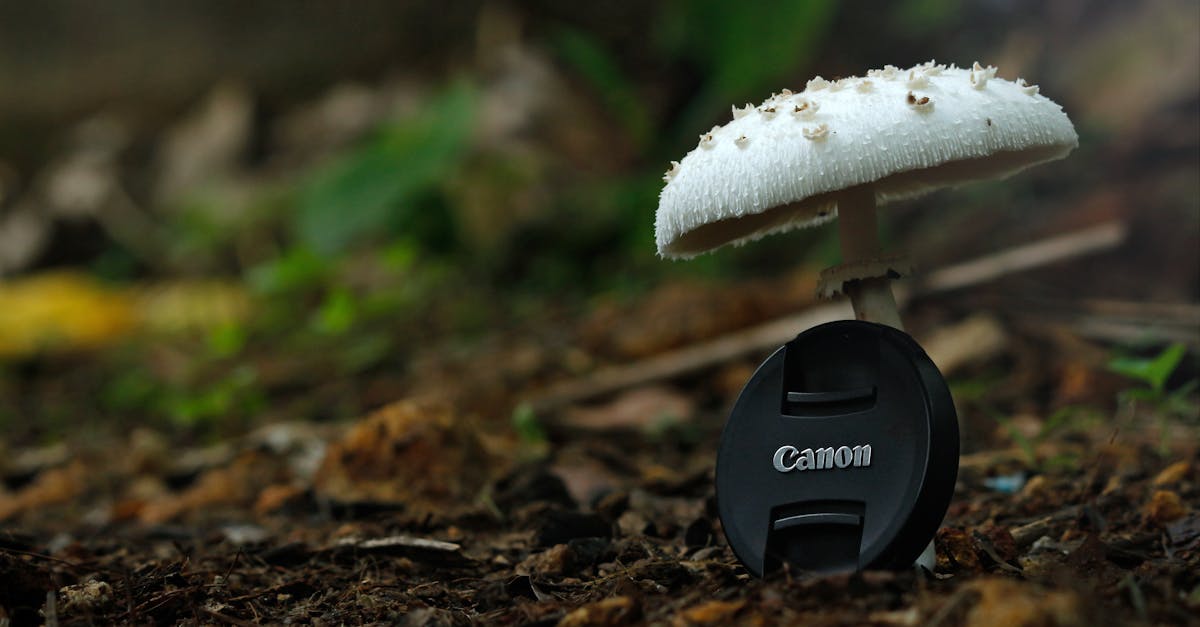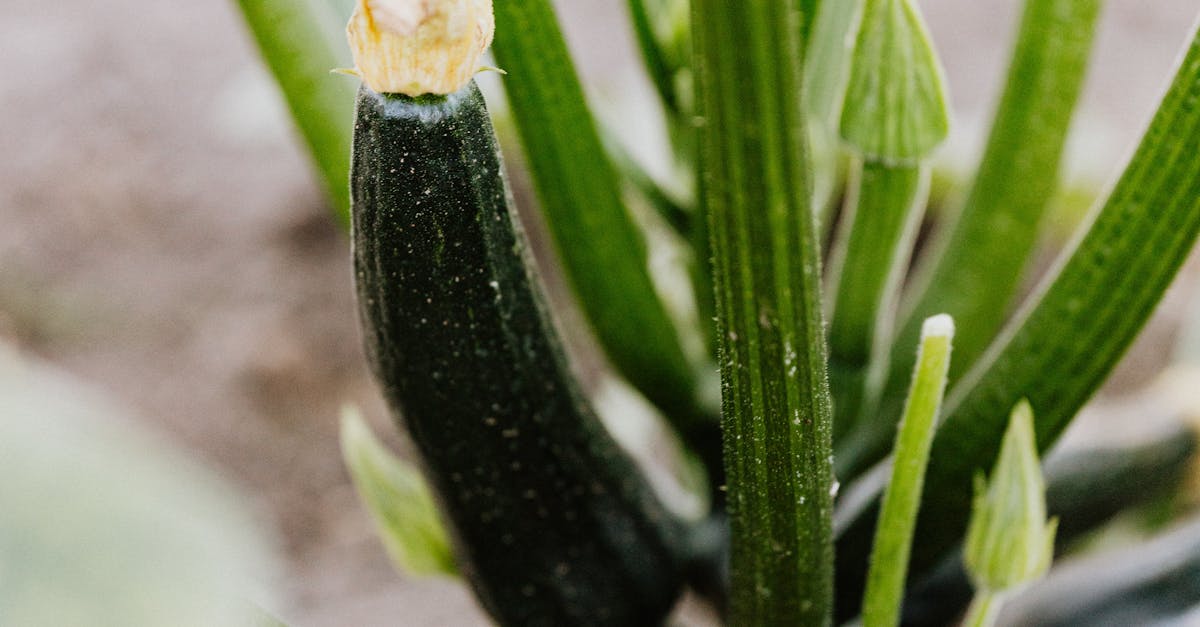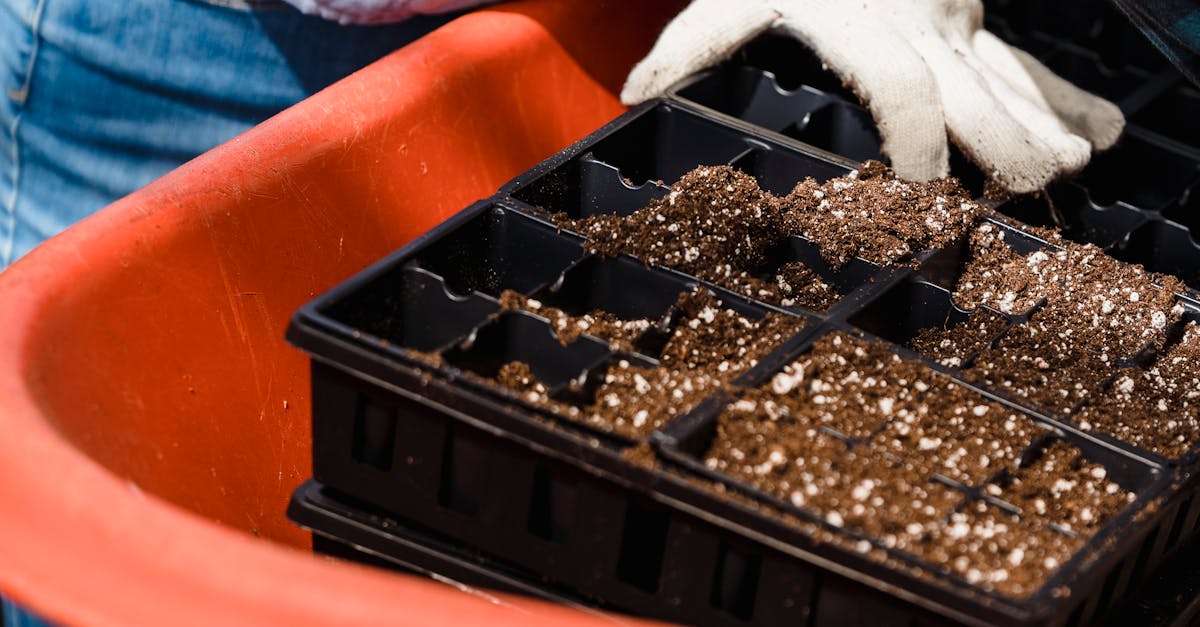Soil Secrets for Container Garden Success: A Comprehensive Guide to Nurturing Healthy Soil in Pots and Planters

Container gardening offers a convenient and space-efficient way to grow plants in urban environments or limited spaces. However, ensuring optimal soil health in containers is crucial for plant growth and overall garden success. This article provides a comprehensive guide to help you understand soil health, select the right soil mix, implement proper watering and fertilizing practices, monitor soil health, and troubleshoot potential problems. By following these guidelines, you can create a thriving container garden with healthy soil that supports vibrant plant growth.
1. Understanding Soil Health and Its Importance

Soil health is a critical factor in plant growth and overall garden success. Healthy soil provides essential nutrients, water, and oxygen to plant roots, enabling them to thrive and produce abundant yields. Understanding the components of soil health and their impact on plant growth is crucial for maintaining a flourishing garden.
Soil health encompasses several key components, including soil structure, organic matter content, pH balance, and nutrient availability. Soil structure refers to the arrangement of soil particles and pore spaces, which influences drainage, aeration, and root penetration. Organic matter, derived from decaying plant and animal material, provides essential nutrients, improves soil structure, and supports beneficial soil organisms. Soil pH, a measure of acidity or alkalinity, affects the availability of nutrients to plants. Maintaining an optimal pH range is essential for nutrient uptake and plant health.
Healthy soil teems with a diverse population of beneficial microorganisms, including bacteria, fungi, and protozoa. These organisms play vital roles in nutrient cycling, organic matter decomposition, and disease suppression. Maintaining a balanced soil ecosystem is essential for overall soil health and plant growth. By understanding the importance of soil health and its components, gardeners can implement practices that promote soil health and support thriving plant communities.
2. Choosing the Right Soil Mix

Selecting the right soil mix is crucial for the success of container gardens. Unlike in-ground gardens, container plants rely solely on the soil within their pots for nutrients, water, and support. Therefore, choosing a soil mix that meets the specific needs of your plants is essential.
When selecting a soil mix for container gardens, several key factors should be considered. Drainage is paramount, as waterlogged soil can lead to root rot and other problems. Look for soil mixes that contain materials like perlite or pumice, which improve drainage and aeration. Aeration is also important for healthy root development. Soil mixes with a loose, well-aerated structure allow oxygen to reach plant roots, promoting vigorous growth.
Nutrient composition is another critical factor to consider. Container plants have limited access to nutrients compared to in-ground plants, so it’s important to choose a soil mix that provides a balanced blend of essential nutrients. Look for soil mixes that contain organic matter, such as compost or manure, which provide a slow release of nutrients over time. Additionally, consider the specific nutrient requirements of your plants and supplement with fertilizers as needed.
Organic vs. Inorganic Soil Mixes
Organic and inorganic soil mixes each offer unique advantages and disadvantages for container gardening. Organic soil mixes, composed of materials like compost, peat moss, and manure, provide a rich source of nutrients and organic matter. They improve soil structure, water retention, and cation exchange capacity, which is the ability of the soil to hold and release nutrients for plant uptake. Organic matter also supports beneficial soil microorganisms that contribute to plant health and disease suppression.
However, organic soil mixes can be heavy and dense, leading to poor drainage and compaction over time. They may also contain weed seeds or pathogens, and their nutrient content can vary depending on the source and composition of the organic materials. Inorganic soil mixes, on the other hand, are typically composed of lightweight materials like perlite, vermiculite, and lava rock. They offer excellent drainage and aeration, making them ideal for plants that require well-drained soil. Inorganic mixes are also sterile and free of weed seeds and pathogens.
However, inorganic soil mixes lack the nutrient content and organic matter found in organic mixes. They can also dry out quickly, requiring more frequent watering. To achieve optimal results, many gardeners opt for a combination of organic and inorganic materials in their soil mixes. This allows them to benefit from the advantages of both types of mixes while mitigating their potential drawbacks.
Amending Soil for Optimal Health
Amending soil is a crucial practice for enhancing soil fertility and structure in container gardens. Adding organic matter through amendments like compost, manure, and fertilizers improves soil health and provides essential nutrients for plant growth. Compost, a decomposed organic material derived from plant and animal matter, is rich in nutrients and beneficial microorganisms. It improves soil structure, water retention, and nutrient availability. Manure, another organic amendment, is a valuable source of nutrients, particularly nitrogen, phosphorus, and potassium. It also adds organic matter and improves soil tilth.
Fertilizers, whether organic or inorganic, provide a concentrated source of nutrients to plants. Organic fertilizers, such as bone meal or fish emulsion, release nutrients slowly over time, while inorganic fertilizers provide a quick burst of nutrients that can be readily absorbed by plants. When choosing fertilizers, it’s important to consider the specific nutrient needs of your plants and follow the application instructions carefully to avoid over-fertilization.
Amending soil with organic matter and fertilizers not only provides nutrients but also improves soil structure and water retention. This allows plants to develop strong root systems and access essential nutrients and water more efficiently. By regularly amending the soil in your container gardens, you can create a healthy and fertile environment that supports vigorous plant growth and bountiful harvests.
3. Watering Practices for Healthy Soil
Watering is a critical aspect of maintaining healthy soil in container gardens. Unlike in-ground plants, container plants have limited access to water and rely solely on the water provided by the gardener. Therefore, it’s essential to establish proper watering practices to prevent overwatering or underwatering, both of which can harm plants.
The frequency of watering depends on several factors, including the size of the container, the type of soil, the plant species, and the climate. As a general rule, water when the top inch of soil feels dry to the touch. Avoid watering on a fixed schedule, as this may not align with the actual water needs of your plants. Instead, check the soil moisture regularly and water only when necessary.
When watering, apply water slowly and deeply to encourage root development. Avoid shallow watering, as it only moistens the surface of the soil and can lead to weak root systems. Water until excess water drains out of the drainage holes at the bottom of the container. This ensures that the entire root ball is evenly moistened. Mulching around plants can help retain moisture and reduce evaporation, especially in hot and dry climates.
4. Fertilizing Container Gardens
Fertilizing container gardens is essential to provide plants with the nutrients they need for optimal growth and productivity. Unlike in-ground plants, container plants have limited access to nutrients due to the finite amount of soil in their pots. Therefore, regular fertilization is necessary to replenish nutrients and support healthy plant development.
The type of fertilizer to use depends on the specific needs of your plants. General-purpose fertilizers provide a balanced blend of nitrogen, phosphorus, and potassium (NPK), which are essential macronutrients for plant growth. Specific fertilizers may be formulated for different types of plants, such as flowering plants, vegetable plants, or acid-loving plants. Always follow the application instructions on the fertilizer label to avoid over-fertilizing, which can damage plants.
The timing and frequency of fertilization depend on the type of fertilizer used and the growth stage of the plants. Slow-release fertilizers release nutrients gradually over time, so they can be applied less frequently. Water-soluble fertilizers are applied more often, typically every few weeks during the growing season. When fertilizing, apply the fertilizer solution around the base of the plants, avoiding contact with leaves. Water the plants thoroughly after fertilizing to help distribute the nutrients throughout the soil.
5. Monitoring Soil Health and Troubleshooting
Monitoring soil health in container gardens is essential for identifying potential problems and taking corrective actions to maintain optimal growing conditions. Several indicators can provide insights into soil health, including plant growth, soil appearance, and water drainage. Healthy plants with vigorous growth and lush foliage are indicative of healthy soil. Conversely, stunted growth, yellowing leaves, or wilting can be signs of nutrient deficiencies or other soil problems.
The physical appearance of the soil can also provide clues about its health. Healthy soil should be loose and crumbly, with a dark color and a pleasant earthy smell. Compacted soil, foul odors, or the presence of pests or diseases can indicate underlying issues. Additionally, observe how water drains from the soil. Good drainage is crucial for preventing waterlogged conditions that can lead to root rot. If water pools on the surface or drains too quickly, it may be necessary to adjust the soil mix or improve drainage.
Regular monitoring and proactive troubleshooting can help prevent or mitigate soil health issues in container gardens. By paying attention to plant growth, soil appearance, and water drainage, gardeners can identify problems early on and take appropriate measures to address them. This includes adjusting watering practices, amending the soil with organic matter or fertilizers, or implementing pest and disease control strategies.
Soil pH Testing and Adjustments
Soil pH is a measure of its acidity or alkalinity and plays a vital role in nutrient availability and plant growth. Most plants have an optimal pH range within which they can absorb nutrients efficiently. Soil pH testing is recommended to determine the current pH level and identify any necessary adjustments.
There are several methods for testing soil pH. Home test kits are readily available and provide an easy way to get a general idea of the pH level. For more accurate results, soil samples can be sent to a professional soil testing laboratory. Regardless of the method used, it’s important to follow the instructions carefully to ensure reliable results.
Adjusting soil pH involves adding amendments to raise or lower the pH level. To raise pH (make the soil less acidic), lime or wood ash can be incorporated into the soil. To lower pH (make the soil more acidic), sulfur or aluminum sulfate can be used. It’s important to make pH adjustments gradually and retest the soil after several months to ensure the desired pH range has been achieved. Avoid making drastic pH changes, as this can shock plants and damage their root systems.
Dealing with Pests and Diseases
Container gardens are susceptible to a range of pests and diseases that can affect plant health and productivity. Common pests include aphids, spider mites, whiteflies, and mealybugs, which can suck plant sap and cause damage to leaves and stems. Diseases such as powdery mildew, root rot, and blight can also occur, leading to yellowing leaves, wilting, and stunted growth.
Managing pests and diseases in container gardens requires a holistic approach that emphasizes prevention and organic, non-chemical methods. Regular monitoring of plants for signs of infestation or disease is essential for early detection and intervention. Maintaining good sanitation by removing fallen leaves and debris can help reduce pest and disease pressure.
Organic pest and disease management techniques include using insecticidal soap, neem oil, or horticultural oil to control pests. Companion planting, where beneficial plants are grown alongside susceptible plants, can help repel pests and attract beneficial insects that prey on common garden pests. For disease management, practices like crop rotation, where different plant families are grown in the same location in successive seasons, can help break disease cycles and reduce the buildup of pathogens in the soil.
Quiz: Test Your Soil Health Knowledge
- True or False: Organic soil mixes are always better than inorganic soil mixes for container gardens.
- Which of the following is NOT a benefit of amending soil with compost? (a) Improved water retention (b) Increased nutrient availability (c) Improved drainage
- What is the best way to determine when to water your container plants? (a) Water on a fixed schedule (b) Check the soil moisture regularly (c) Water when the leaves start to wilt
- True or False: Fertilizing container plants too often can be beneficial.
- What is the purpose of monitoring soil health in container gardens? (a) To identify potential problems early on (b) To determine the exact pH level of the soil (c) To check for the presence of pests and diseases
Answer Key:
-
False
-
(c) Improved drainage
-
(b) Check the soil moisture regularly
-
False
-
(a) To identify potential problems early on
-
False
-
(c) Improved drainage
-
(b) Check the soil moisture regularly
-
False
-
(a) To identify potential problems early on
